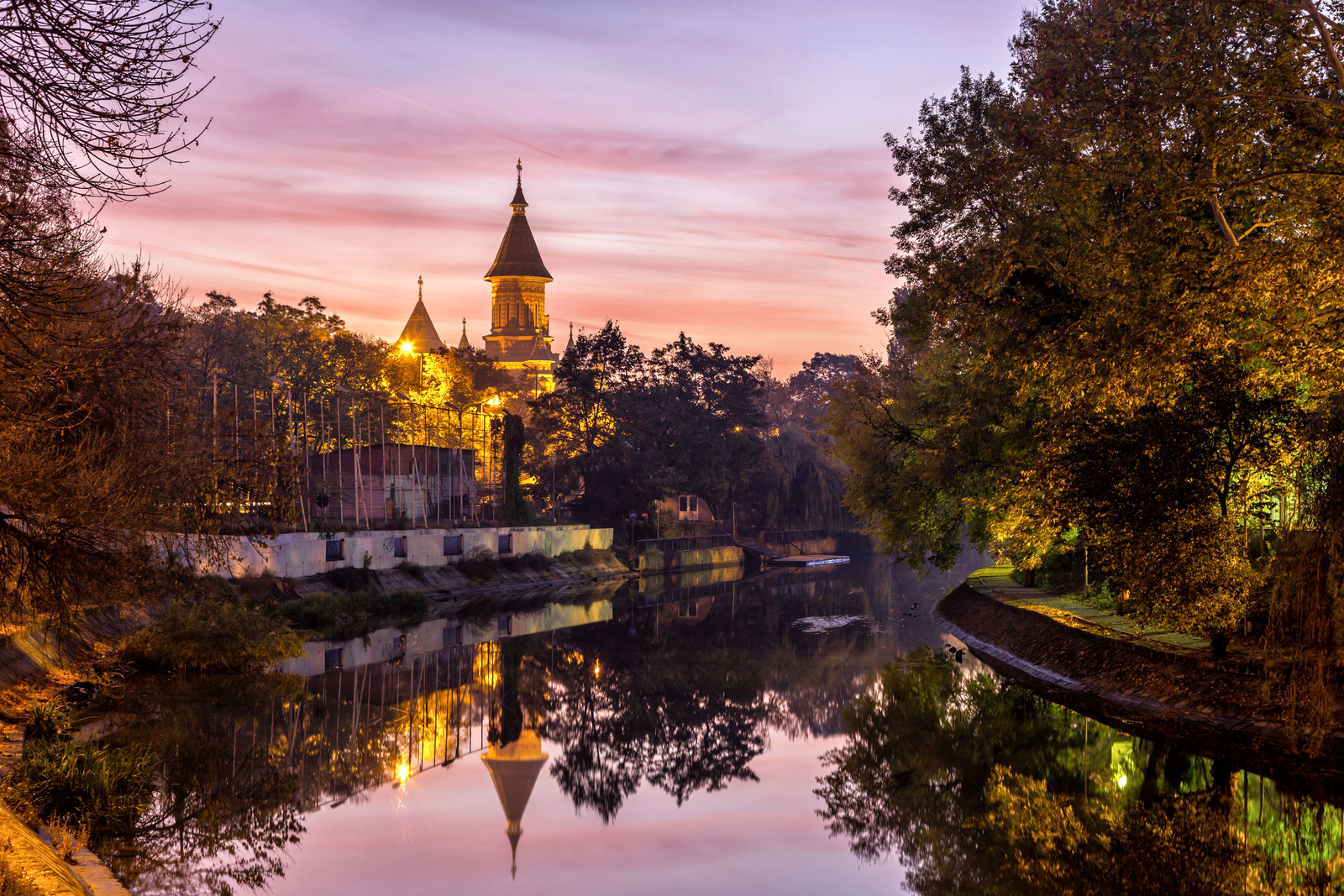Wednesday Wanderlust
Greetings in Eastern Europe
Wednesday Wanderlust is back! In these posts we shall be sharing information on the etiquette, values and attitudes of different countries around the world.
This week’s post focuses friendship, manners and greetings in Eastern Europe and highlights the relevant cultural norms for Hungary, Poland, Slovakia, Russia and Romania. Traditional versus contemporary greetings divide the older and younger generations within these countries, with similar norms being visible across the region.
 Timisoara in Romania
Timisoara in Romania
Good manners begin with a greeting. Stand up! Only the old and frail stay seated for greetings. Like other Eastern European countries, the practise in Hungary is for a man to make the first greeting to a woman, a younger person to an older, a subordinate to a superior, a salesperson to a customer, and someone entering or approaching those already present. It’s bad manners not to greet people, and worse not to return a greeting. As Hungarian writer István Mácz says, “the reply to a smile, is a smile”.
Continue reading →